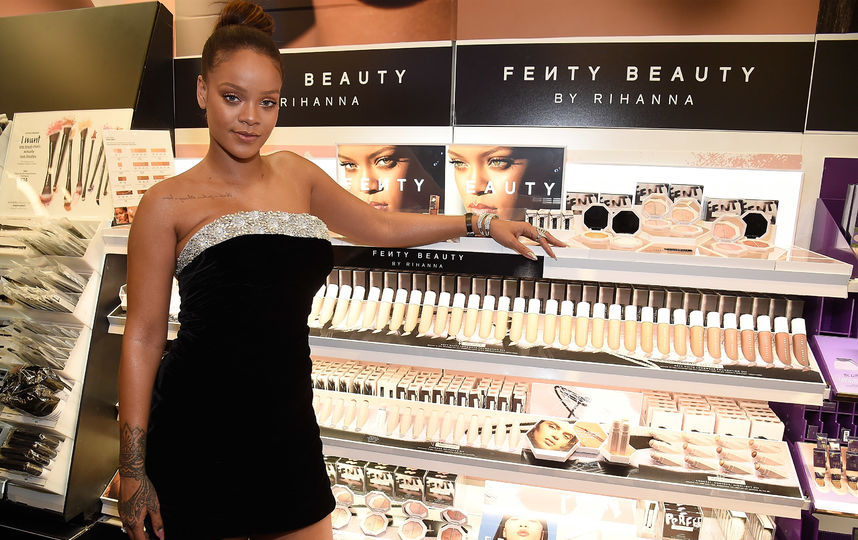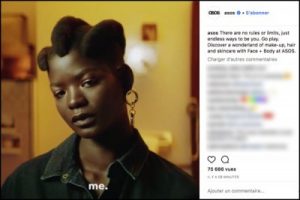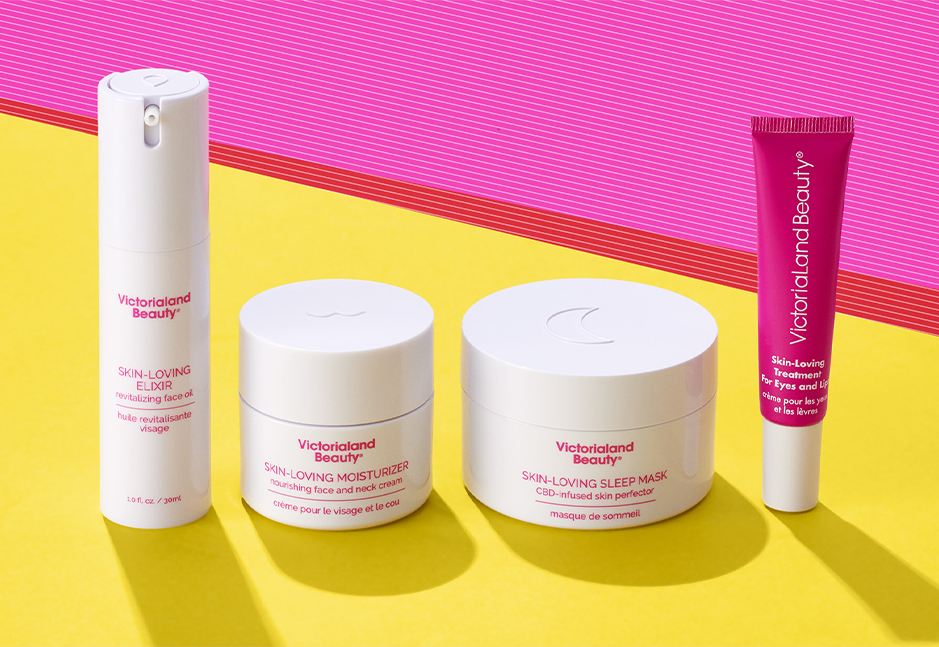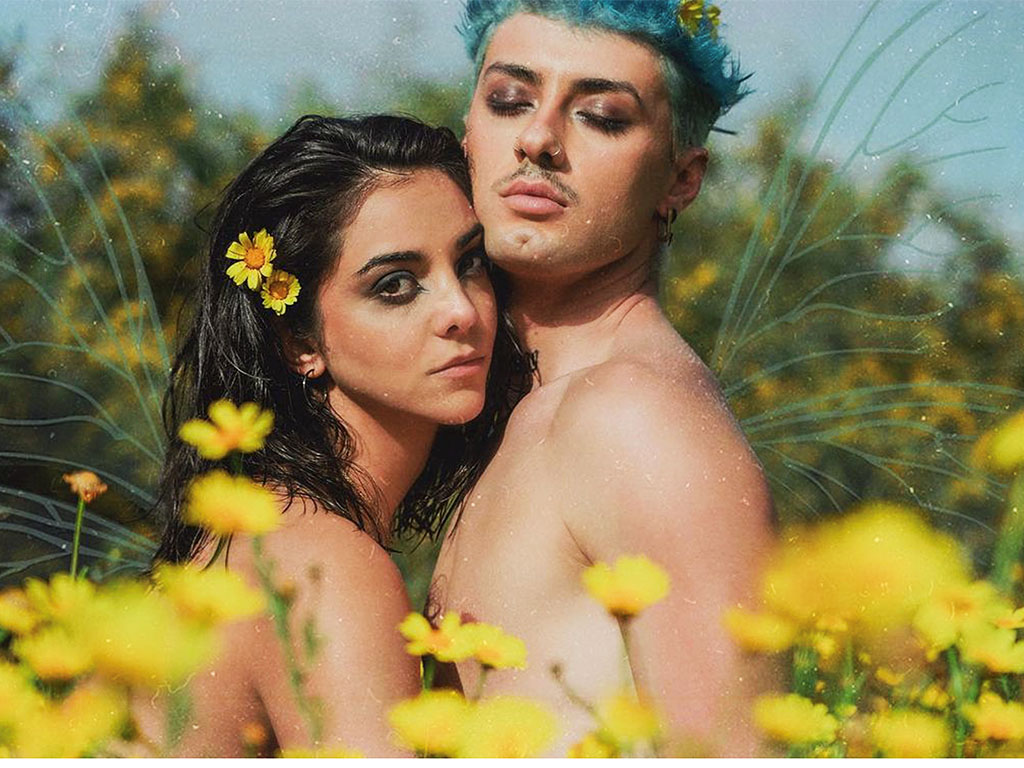
he beauty industry, has made major changes throughout the years, and 2017 was certainly a year of change. Manny MUA was named the first male Maybelline brand ambassador and CoverGirl launched a So Lashy campaign which featured a diverse range of ambassadors including James Charles, Katy Perry, and Muslim beauty vlogger, Nura Afia. Makeup lovers went crazy when Rihanna released her new, inclusive makeup line, Fenty Beauty, in September of 2017. Not only were her makeup products to die for, but she also made efforts to include a wide range of shades for all skin colors. Rihanna created an iconic forty-shade range foundation, along with other products such as highlighters, lipsticks, and contour sticks that cater to a wider demographic. When creating her makeup line, Rihanna took into consideration that “there needs to be something for a dark-skinned girl; there needs to be something for a really pale girl; there needs to be something in-between.’ There’s red undertones, green undertones, blue undertones, pink undertones, yellow undertones—you never know, so you want people to appreciate the product and not feel like: Oh that’s cute, but it only looks good on her.”


Other brands have begun to take steps in the right direction by featuring women with different skin tones. Sofia Vergara has become a Covergirl and Lupita Nyong’o has become the new face of Lancome. ASOS also recently released a cosmetic line that features both men and women of all shapes and colors.
ASOS on Instagram © ASOS / Instagram
Despite the fact that Rihanna has set an exemplary example for makeup inclusivity within the beauty industry, many brands still fail to provide shades for all skin colors. Beauty experts point out that the major problem is that brands treat women of color as a different consumer group. Karen Chambers, director of product development at Iman Cosmetics states that “brands often divide skin tones into two categories: ‘general’ and ‘ethnic’. Many makeup companies choose not provide a wider range of shades because they believe that the darker shades will not sell. The truth is that women of color spend twice as much on skincare as any other consumer. Black women spend nearly eight-billion dollars on beauty products every year. Shockingly, a recent study at the George Washington University found that mercury and other harmful ingredients were found in makeup products that are often marketed towards African Americans, Latinx, and Asians.
Its important that we, as a society, continue to address these issues, as no one should have to struggle when it comes to finding the right beauty products that work for them. Beauty companies can, and need, to do better to support POC who buy their products.






